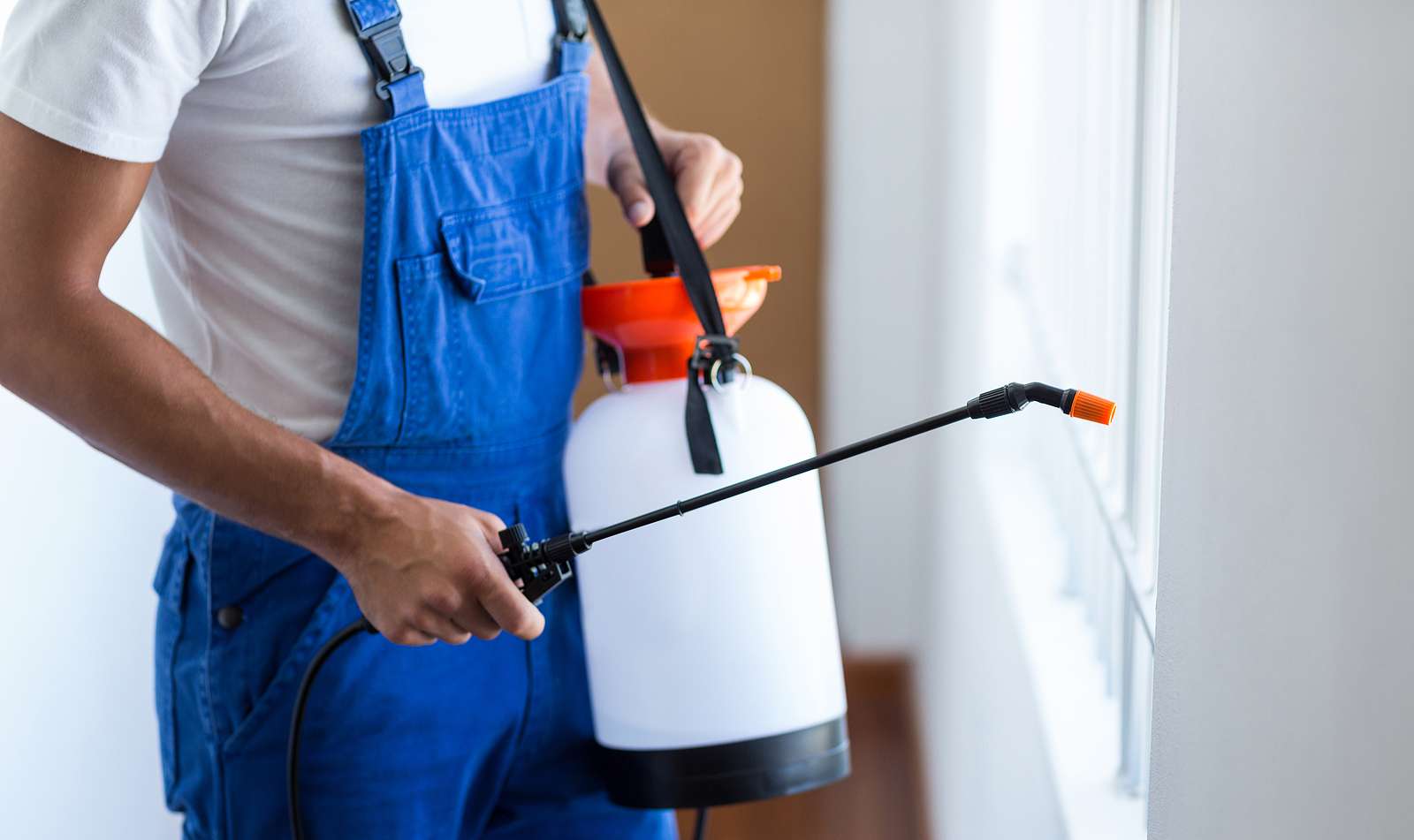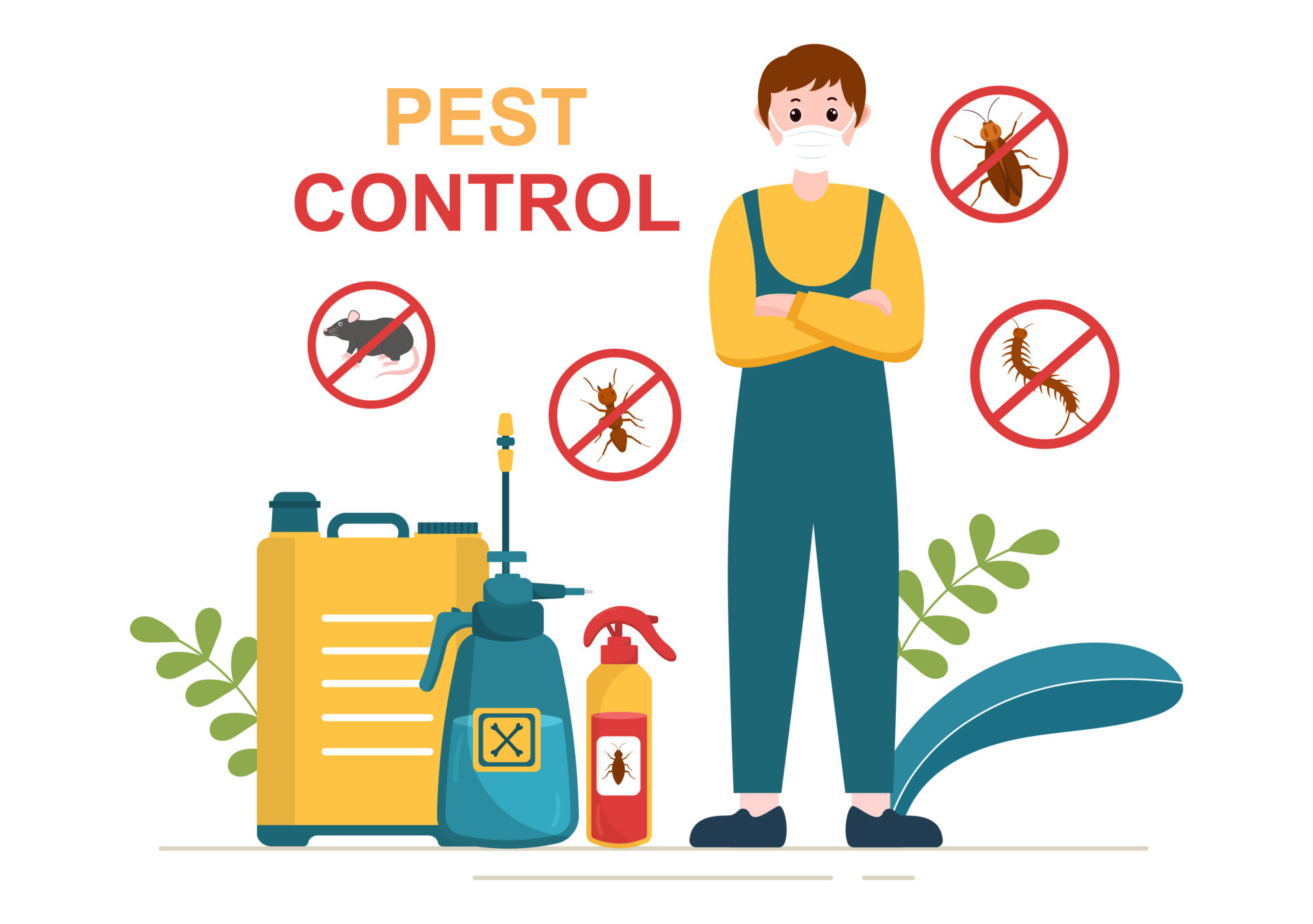Trusted Pest Control Washington DC: Shield Your Home and Service!
Wiki Article
Expert Bug Control Techniques for Long-Term Outcomes
Expert insect control strategies encapsulate a comprehensive strategy that begins with an extensive inspection and analysis, adhered to by precise bug recognition to comprehend their behavior patterns. The implementation of Integrated Insect Administration (IPM) principles, combined with eco-conscious therapies, develops the cornerstone of sustainable parasite eradication.Evaluation and Assessment
Upon entering a home for bug control solutions, the first step is a thorough inspection and analysis to determine the level of the invasion and figure out the most reliable treatment plan. Professional bug control service technicians are trained to carefully take a look at the properties, looking for signs of insect activity such as droppings, chomp marks, nests, or any type of architectural damages. They will certainly additionally analyze the problems that might be bring in parasites, such as food resources, water leakages, or access factors.
Bug Identification and Actions

Moreover, comprehending the habits of the determined insect is crucial to carrying out efficient control steps. Knowing where pests nest, what they feed on, and their activity patterns can help pest control professionals design approaches to remove them effectively.
Integrated Insect Management (IPM)
Integrated Pest Management (IPM) approaches incorporate several techniques to regulate and protect against bug invasions in a sustainable and environmentally pleasant way. bed bug heat treatment. By integrating approaches such as organic control, habitat manipulation, alteration of social practices, and making use of immune ranges, IPM aims to decrease the usage of chemical pesticidesAmong the essential principles of IPM is the emphasis on avoidance. This proactive approach involves monitoring parasite populaces consistently to detect any type of potential issues prior to they escalate. By recognizing bug problems early on, pest control procedures can be executed swiftly and properly.
Moreover, IPM promotes making use of non-toxic pest control techniques whenever possible. This can consist of utilizing natural killers of the pests, presenting useful insects, or making use of scents to disrupt mating patterns. By lowering reliance on chemical pesticides, IPM not just safeguards the environment yet also aids maintain an equilibrium in the ecosystem.
Environmentally-Friendly Therapies
Executing eco-conscious methods in pest control procedures can efficiently deal with problems while prioritizing environmental sustainability. Environmentally-friendly treatments concentrate on decreasing the influence of parasite control approaches on ecological communities, non-target microorganisms, and human health and wellness.One more key aspect of environmentally-friendly therapies is making use of natural and naturally degradable products that break down promptly without leaving harmful deposits in the atmosphere. Herb insecticides acquired from plants like chrysanthemums or neem use efficient insect control while posing marginal danger to non-target species. Employing techniques like heat therapies or pheromone catches can target particular parasites with precision, reducing the general environmental effect of pest control techniques.
Ongoing Surveillance and Maintenance
Normal inspections by qualified experts are essential to identify any indications of bug task, analyze the effectiveness of previous treatments, and make adjustments to the insect control strategy as required. By checking parasite populaces over time, parasite control specialists can track fads, prepare for potential issues, and execute precautionary steps to reduce the danger of future bed bug exterminator problems.
In addition to monitoring, upkeep methods are important for long-term parasite control success. This consists of executing correct cleanliness steps to eliminate possible food and water sources for pests, securing off entrance points to protect against bugs from getting in the premises, and addressing any type of structural problems that could help with pest problems (exterminator near me). By integrating ongoing monitoring and upkeep into an incorporated insect monitoring strategy, businesses can guarantee a pest-free setting and secure their building against costly damage and health and wellness dangers
Verdict
In conclusion, using professional insect control techniques such as comprehensive examination and assessment, precise bug recognition and understanding of their habits, incorporated pest management methods, environmentally-friendly therapies, and recurring surveillance and upkeep are important for accomplishing long-lasting outcomes in bug control. By applying these approaches, people can effectively manage pest infestations and maintain a pest-free atmosphere in a sustainable manner.Report this wiki page